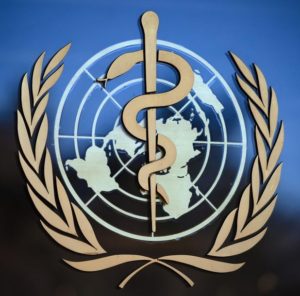
Description :
A tick-borne infection by the spirochaete Borrelia burgdorferi, Lyme borreliosis typically presents with a characteristic rash, erythema chronicum migrans, at an average of seven days after a bite from an infected tick. The rash may be accompanied by flu-like symptoms. Disseminated infection may cause meningitis, cranial neuropathies and carditis (inflammation des tissus du cœur) amongst other manifestations. Late disease, months to years after initial infection, may present with a pauciarticular arthritis or with encephalomyelitis.
• 1C1G.10 o Lyme neuroborreliosis
• 1C1G.11 o Lyme carditis • 1C1G.12 o Ophthalmic Lyme borreliosis
• 1C1G.13 o Lyme arthritis
• 1C1G.14 o Late cutaneous Lyme borreliosis
• 1C1G.1Y o Other specified disseminated Lyme borreliosis
• 1C1G.1Z o Disseminated Lyme borreliosis, unspecified
• 1C1G.Y o Other specified Lyme borreliosis
6D85.Y Dementia due to other specified diseases classified elsewhere Dementia due to Lyme disease
9C20.1 Infectious panuveitis Infectious panuveitis in Lyme disease
9B66.1 Infectious intermediate choroiditis Infectious intermediate uveitis in Lyme disease 8A45.0Y Other specified white matter disorders due to infections Central nervous system demyelination (démyélinisation) due to Lyme borreliosis
Rickettsioses 1C30 – 1C31 – 1C32 – 1C33 etc
Description :
Any disease caused by an infection with the gram-negative bacteria Rickettsia. These diseases commonly present with fever, malaise, and rash. Transmission is commonly through the bite of an infected flea, louse, mite, or tick.
Babesiosis 1F52
Description :
A disease caused by the protozoan parasite Babesia. This disease is characterized by reproduction and lysis of erythrocytes leading to symptoms that depend on the level of parasitemia and immune status of the infected individual. This disease may present with fever, chills, malaise, myalgia, haemolytic anemia, shock, or may be asymptomatic. Transmission is through the bite of an infected tick (Ixodes), or vertical transmission. Confirmation is by identification of Babesia in a blood smear, or detection of antibodies against Babesia.
Bartonella XN3NJ
